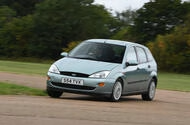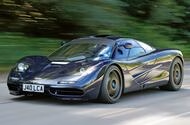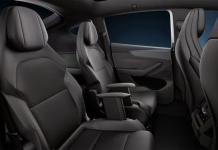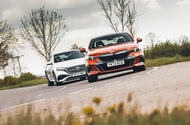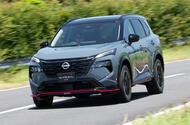Texas Unveils Next-Generation Driver’s Licenses With Enhanced Security and Sleek Design

SpaceX Pushes for Equal Regulatory Exemptions Across Telecom Industry

Why the Original Ford Focus Is the Affordable Classic You Should Buy Before It...
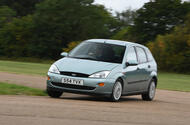 Ford's landmark hatchback is becoming rarer - but is still reassuringly cheap - with prices starting from £500
Ford's landmark hatchback is becoming rarer - but is still reassuringly cheap - with prices starting from £500
Landmark hatchbacks – there have been a few - the most obvious, of course, being the Volkswagen Golf.
It not only saved its maker from post-Beetle oblivion but emphatically confirmed the template for the breed after the 1964, Fiat-designed Autobianchi Primula and the 1967 Simca 1100 did the pioneering.
But after the Mk1 Golf, what came next were emulators offering much the same recipe, if sometimes with added spice. The SX version of the Talbot Horizon came with a trip computer, an advance winning it the Car of the Year trophy and its buyers regular packets of wildly inaccurate data. The Renault 14 bodyshell’s slightly banana-like curve inexplicably won it a place in New York’s Museum of Modern Art, while the magnificent, robot-flaunting TV ad for the Fiat Strada was the best thing about this lazy 128 re-skin. There were many more, but what all had in common was that none was as convincing as the Golf. The most serious challengers were the 1978 Opel Kadett, a crisp design of revvy engines and nail-breaking switchgear later available as the Vauxhall Astra, and Ford’s 1980 Escort, this the first front-drive version.
A brilliantly product-planned, pretty car that was immensely more advanced than its history-lesson predecessor, this Escort was a massive hit and should have propelled Ford towards ever-greater heights despite a couple of ear- and bum-battering dynamic flaws. But subsequent iterations succumbed to the Blue Oval’s cost-cutting ways, each more mediocre than the last, the barrel bottom crashingly struck with the Mk 4 Escort.
This car was so short of interest that one of its launch presenters resorted to caressing the admittedly appealing hillocks of steel covering its tailgate hinges to highlight a rare item of sexy design. It was far too inconsequential to prevent this publication from delivering this car the slating it deserved. Suitably stung, Ford performed a major rework. The result was half-decent, this last Escort identifiable by a surfeit of oval motifs that the design department had become obsessed with. Ford was back to its just-good-enough ways, few thinking that it was about to perform a spectacular reset on the small family hatch, not just for Ford but the entire car industry.
The first clues came with the extraordinary scoop images sneaked out of customer clinics. High-mounted, cornet-shaped tail-lights completely capped the rear pillars. Wide-spaced wheels occupied flamboyantly blistered wheel arches. Lozenge headlights flanked the slender mouth of an oval-jewelled grille. All these arresting features housed within a shapely six side-window body. Only Fiat’s Bravo and Brava hatchbacks came close for outlandish originality, and the Ford Focus had both beaten. Ford called it New Edge design. Most called it startling.
What was even more amazing, when we got to drive it, was that the Focus had the Fiats, the Golf and every other comer beaten, for handling, powertrains, packaging, refinement and sophistication. At much the same moment, the particularly crisp-looking Golf Mk4 arrived, surprising everyone with a high-calibre, soft-feel cabin finish that even ran to damped-action grab-handles. The Ford’s slash-sculpted dashboard was more imaginative but couldn’t match the VW for finish. But in every other way, the Focus had the Golf beaten. It rapidly became Britain’s best-seller, a deserved position sustained for years. It also became a benchmark. Some Fords had previously achieved this, but at the other end of the spectrum.
The Focus also set new standards for durability, this more subtle step change a reason why these cars remain so commonplace today. And therefore uncoveted and very cheap. There will be plenty more draining of the Mk1 Focus pool before their importance is recognised. So buy one now.
Alaskan Biker Goes Viral and Receives Surprise Motorcycle Gift from Putin

Volkswagen Surges Past Tesla in Electric Vehicle Sales After Dramatic Comeback
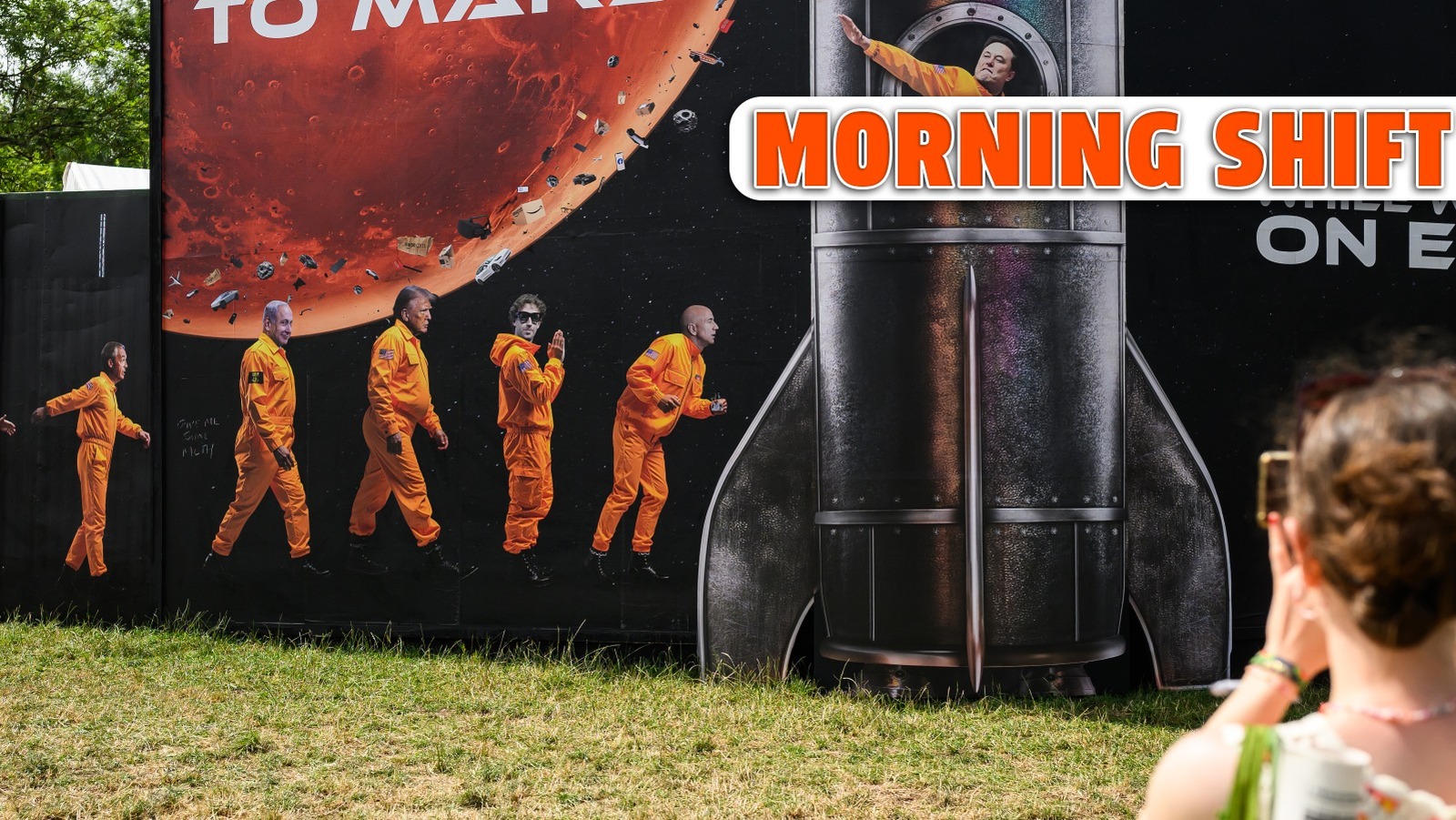
Inside the World of the McLaren F1 Why This Legendary Hypercar Commands a £20...
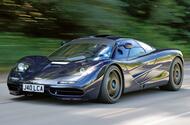
Seminal hypercar now costs an eye-watering £20 millionThe 627bhp hypercar is perhaps the greatest road car of all time - buy one if you can
What is the greatest road car of all time? There are many standouts that have had such an impact that they remain as aspirational in their old age as the day they left the factory.
When it comes to engineering and design, one 1990s hero can hold its own with the best of any era: the McLaren F1.
With just 106 cars in existence (including race variants and prototypes), the chances of even seeing McLaren’s seminal hypercar, never mind owning one, are slim. But if your Euromillions numbers come up, or a long-lost relative leaves you around, say, £15 million, then hopefully this guide will serve more as useful consumer advice than indulgent fantasy. Either way, it’s a tasty prospect.
The F1 was designed by legendary duo Gordon Murray and Peter Stevens and launched in 1992. It was in effect the world’s first hypercar, and two years later our road testers were given exclusive access to put it through its only full road test.
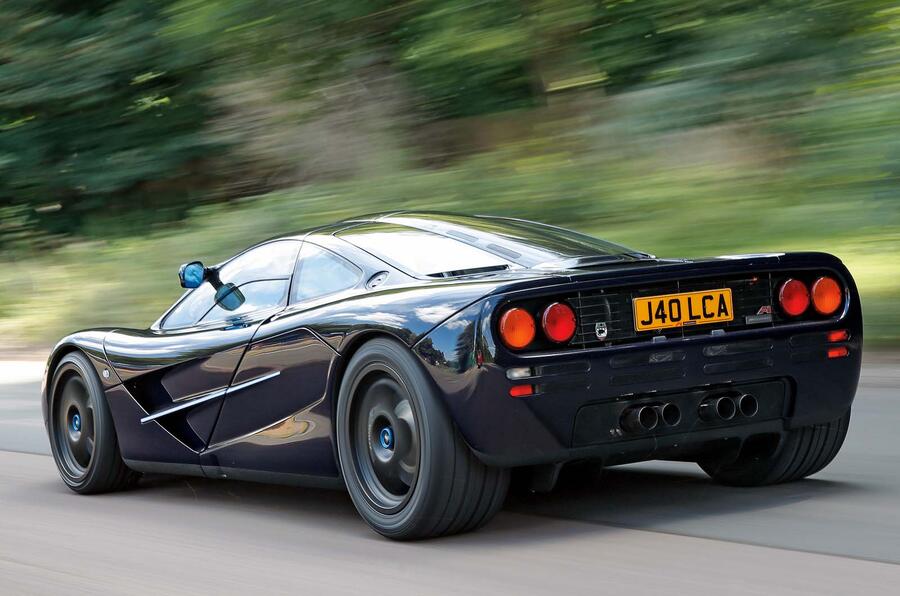
The figures we recorded on that day were the official stats used by McLaren themselves, and they told you all you needed to know about the F1’s capabilities: 0-60mph in 3.2sec, 0-100mph in 6.3sec, 0-150mph in 12.8sec and a top speed in excess of 230mph. They were world-changing numbers back then, but even today the F1 outshines modern supercars.
Its phenomenal 627bhp atmospheric V12 was built by BMW at Murray’s request. It manages to deliver uncompromising pace and a soundtrack reminiscent of a full-bore Le Mans racer while being pretty reliable, according to former racer Ray Bellm.
Ray Bellm - the man who made the GTR possible
Racing driver and business owner Ray Bellm managed to convince Ron Dennis to turn the F1 into a race car. Bellm told us: "I ordered chassis number 46 after attending the launch event in Monaco in 1992 and planned to convert it into a racing car. Ron Dennis said I couldn’t and offered to build me a one-off racer for £1 million, but I didn’t have the money.
"He told me to go and find three other customers who wanted a racing car, and he’d charge us £650,000 plus VAT. I found two other buyers and took delivery of the car at the same time as my road car, so I had two McLaren F1s.
“I’ve owned five F1s – they were all very well built, and getting them serviced was never a problem.
“My racing car only had one engine problem. The replacement was £80,000, which was a lot of money back then. It would cost you a million quid today.”
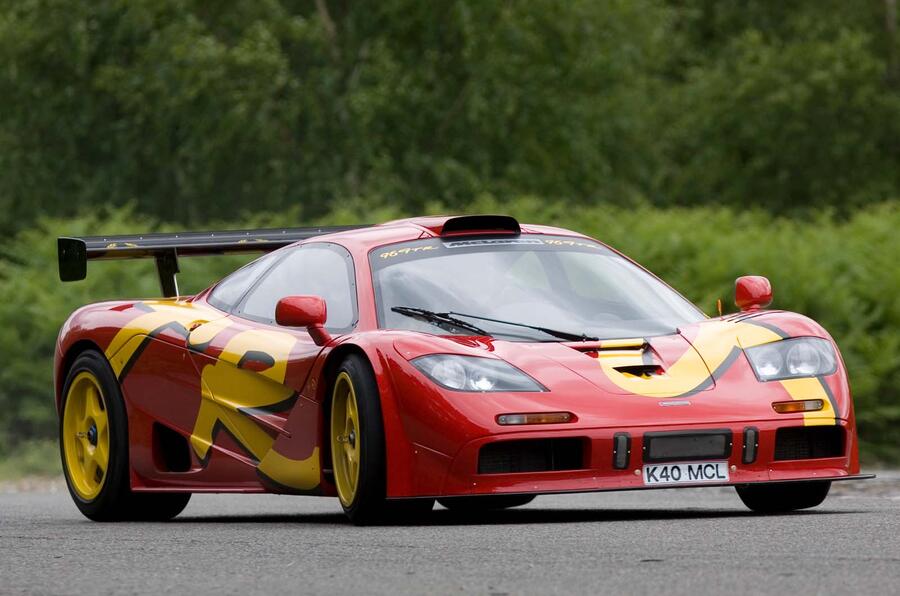
Servicing and repair costs aren’t for the faint of heart. A replacement clutch costs a five-figure sum, and the Kevlar fuel cell needs changing every five years. It’s an engine-out job.
Finding an F1 for sale is another challenge: they never end up in the classifieds, and while Bellm noted that they do come up for auction every so often, most are sold in secret.
“Last year, several cars changed hands,” reveals Bellm, who also founded the McLaren F1 Owners Club. “Most of the original owners are into their seventies now so quite a few are selling. I bought chassis 16R for £350,000 in 2004, so they were cheap at one point, but only when I started the owners club [in 2011] did they start to climb in value.”
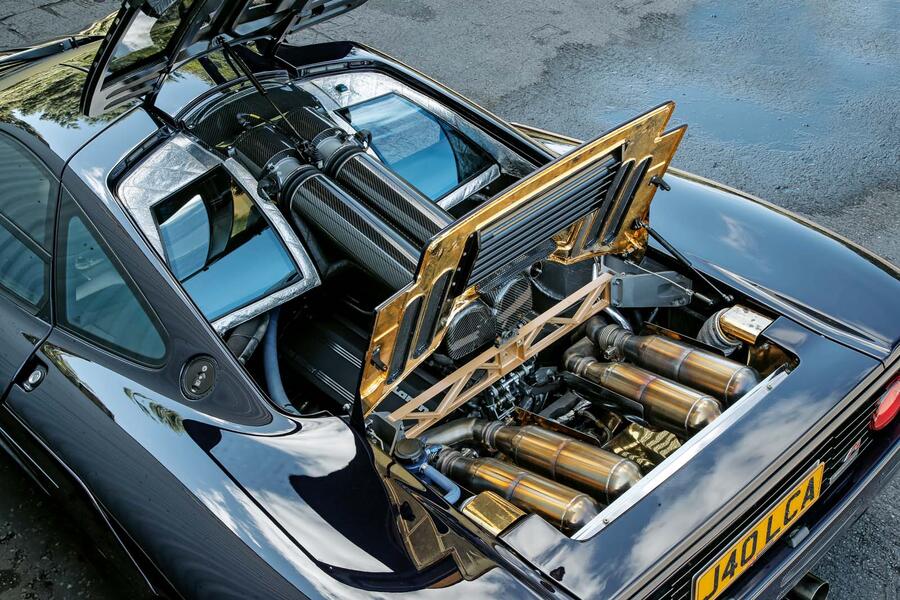
Thanks to its lightweight carbonfibre configuration, the F1 was an extraordinary car to drive, made even more immersive by its rule-breaking central driving position. Slide into the driver’s seat and you’re met with a near-perfect seating position with no pedal offset, a svelte steering wheel and a neat bank of switches either side of your thighs.
But don’t think for one moment that the F1 is like any other impractical hypercar: it can carry two passengers and fit a modest amount of luggage in the storage compartments behind the doors.
With prices for a road car starting at around £20m and race cars closer to £30m, F1s rarely see the light of day. But if you ever get your hands on one of the best production cars of all time, take Bellm’s advice:
“Use it like a normal car. What is the point of owning one if you’re going to keep it in a museum?”
What else do you need to know?
Getting in is not easy. Enter from the left-hand side, sit on the corner of the passenger seat, put one leg in the driver footwell, support your body by placing an arm behind your back, place your other leg in the foot well, grab the seat’s side bolster, lift yourself across and slide in.
If you do buy an F1 , make sure it comes with the factory tool chest and the leather case that contains the service book.
The F1’s fuel cells need to be replaced every five years, but British engineering firm Lanzante can supply and fit an aluminium cell that will last for the rest of the car’s life.
How much?
£1000-£17,000: Scale models of up to 1 :8 in size with zero miles on the clock and in brand-new condition. Amalgam’s 1:8-scale model is a work of art.
£15,000,000-£24,999,999: You’ll need at least £15 million on the table to enter into negotiations to buy any F1 road car. Mileage, age and condition vary considerably.
£25,000,000-£35,000,000: Low-mileage examples in as-new condition. Ultra-rare F1 GTR racing cars available here.
Tesla’s Six-Seat Model YL Faces Uncertain Future as Self-Driving Tech Advances
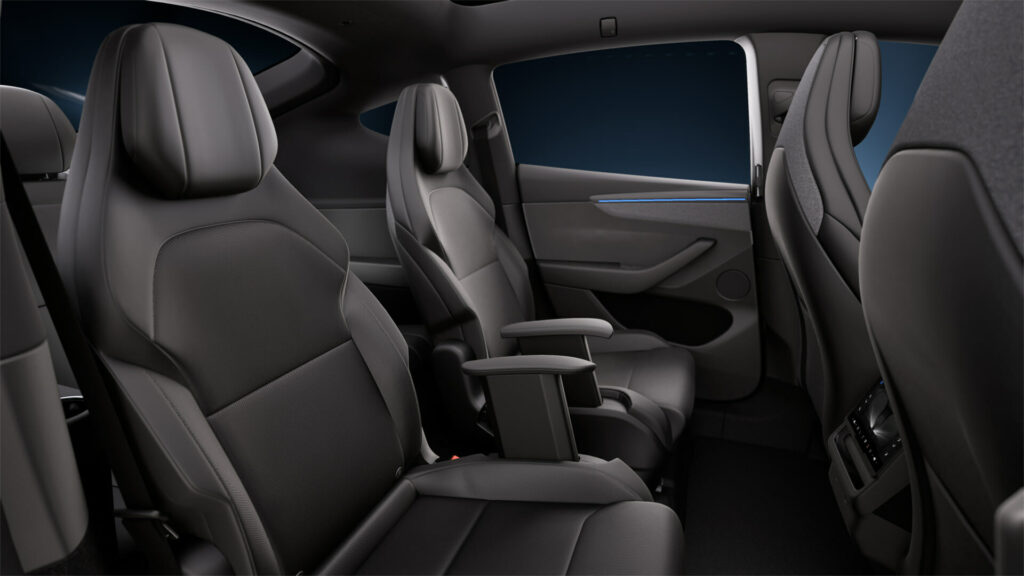
Mercedes Considers BMW Engines for Next-Gen Hybrids in Bold Shift Amid Slowing EV Demand

Next-generation E-Class PHEV could use a BMW-supplied engineTie-up could result in Mercedes using rival's four-pot for its next-generation PHEVs and range-extenders
Mercedes-Benz is in advanced talks about potentially using BMW's four-cylinder petrol engines for a wide range of future cars, as part of a radical rethink of its ICE strategy prompted by slower-than-expected take-up of its EVs.
A Mercedes source has told Autocar the two firms are already at high level of planning and negotiations, and an announcement on whether it will go ahead expected before the end of the year. Autocar has approached BMW for comment.
The potential tie-up – first uncovered by Germany's Manager Magazin – would have BMW providing a new generation of petrol engines for use in Mercedes models ranging from the CLA through the GLA, GLB, C-Class, E-Class and GLC to the upcoming 'Little G'.
The agreement between the rival companies is being framed as a “strategic step to cut development costs”.
For Mercedes, it would secure a Euro 7-compliant engine supply – crucial to the continuation of ICE models – while helping it to expand plug-in hybrid offerings without further heavy investment in four-cylinder engine development.
The move comes as Mercedes phases in its new turbocharged 1.5-litre four-cylinder M252 engine, developed in-house in Germany but produced in China by Horse, a joint venture between Geely and Renault.
Already offered in the new CLA, the M252 engine is offered with three outputs – 136bhp, 163bhp and 190bhp – and combined with a an eight-speed dual-clutch automatic gearbox housing a 27bhp electric motor.
However, insiders note that while the M252 is well suited to mild-hybrid applications, it isn't currently engineered for PHEV or range-extender use – a gap that a BMW-supplied engine could potentially fill.
Said engine is rumoured to be a turbocharged 2.0-litre derivative of the four-cylinder B48 engine, which is used in almost every current BMW and Mini model line.
Likely to be produced at a factory in Steyr, Austria, the B48 is claimed to offer greater scope than the M252, as it's packaged for both longitudinal and transverse layouts, giving Mercedes more flexibility across its both its compact and mid-sized models.
The proposed partnership could also extend to global production hubs, including a potential shared engine plant in the US to sidestep rising import tariffs.
Should the deal go ahead, it would mark a historic first: two of Germany’s luxury car makers sharing engines and potentially even gearboxes in the longer term.
Next-Gen Hyundai Elantra Unveiled With Bold New Design and Performance Upgrades
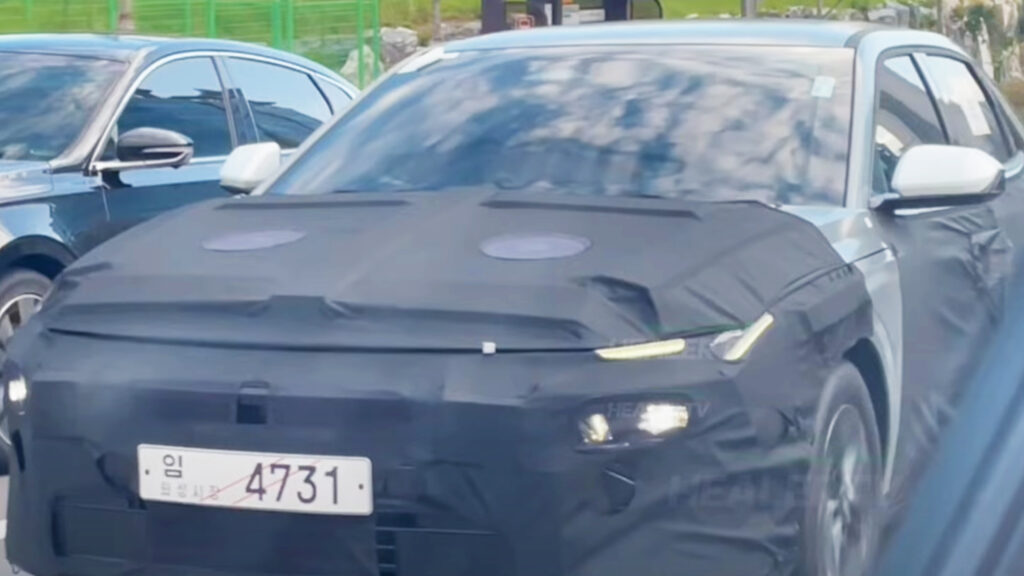
Nissan X Trail Nismo Unleashed Sporty Design and Performance Upgrades Transform the Family SUV
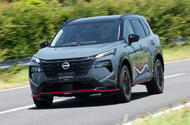 Sportier version of family SUV is revealed in Japan with 201bhp and trick dampers
Sportier version of family SUV is revealed in Japan with 201bhp and trick dampers
The Nissan X-Trail Nismo has been revealed in Japan as a sporting version of the brand’s family SUV, gaining a more aggressive look and chassis upgrades.
Key to the package is a set of new swing-valve dampers supplied by suspension firm KYB, said to provide more effective bump absorption at low speeds than conventional items. These, said Nissan, provide an improved trade-off between body control and ride comfort.
It rides on new 20in alloy wheels shod with Michelin Pilot Sport EV tyres, measuring 20mm wider than those fitted to other grades of X-Trail. The car’s electric power steering system has also been tweaked to accommodate the new chassis set-up.
The Nismo uses the same four-wheel-drive e-Power hybrid powertrain as is offered in other grades of the X-Trail, with a 1.5-litre petrol engine and two electric motors. The petrol engine does not drive the wheels, but instead acts as a generator for the motors, which produce a combined 201bhp and 243lb ft.
Nissan said it has tuned the car’s four-wheel-drive set-up to send a greater share of the power to the rear wheels. This, it claimed, makes it easier to adjust the X-Trail’s line through a bend using the throttle.
Visually, the X-Trail is demarcated by a more aggressive bodykit with Nismo’s signature red accents. The new treatment – in particular the chunkier front splitter and rear diffuser – reduces aerodynamic lift by 29% compared with an entry-level X-Trail, said Nissan.
Inside, it also gets the option of more thickly bolstered Recaro bucket seats.
Prices in Japan start from ¥5,416,400 (equivalent to £27,300), compared with ¥3,843,400 (£19,400).
The Nismo has yet to be confirmed for the UK, but the recent arrival of the Ariya Nismo here suggests it is a likelihood – albeit at a significantly greater cost. The current range-topping model in the UK, the Tekna, is priced from £46,135 when fitted with the four-wheel-drive e-Power system. The Nismo would almost certainly slot into the range above this, possibly nudging the £50,000 mark.



